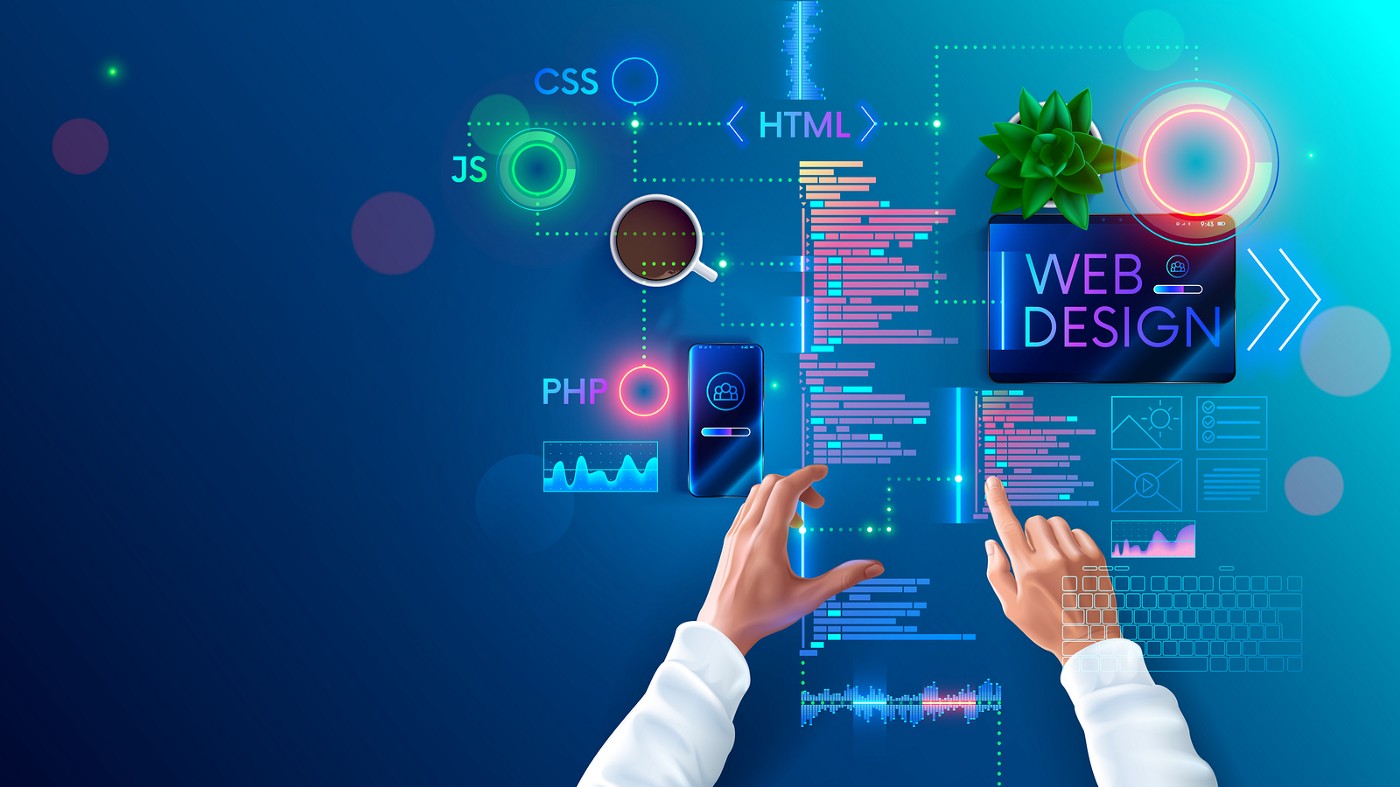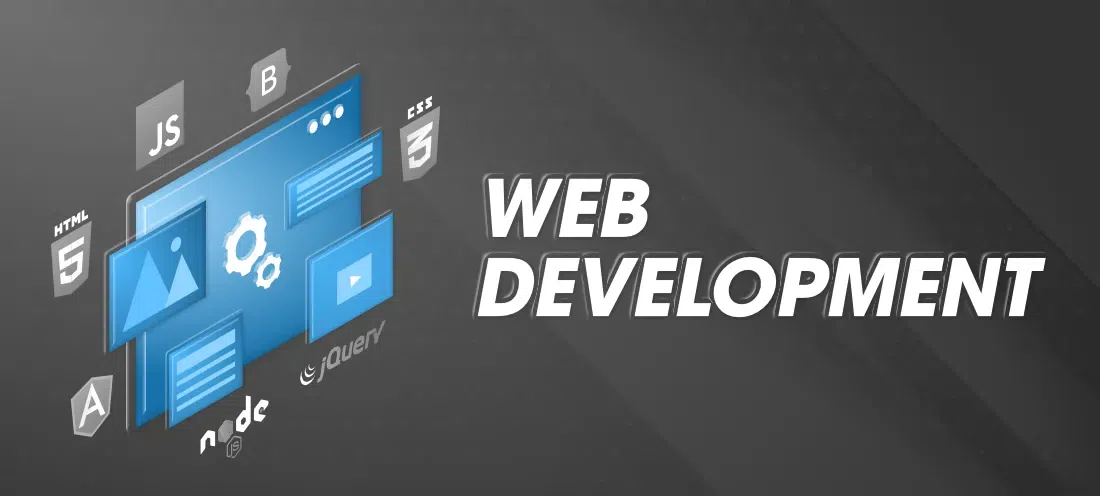Aligned Position Web Design: Comprehensive Web Design Solutions for Small and Large Businesses
Aligned Position Web Design: Comprehensive Web Design Solutions for Small and Large Businesses
Blog Article
The Best Kinds of Website Design to Enhance User Experience and Involvement
In the ever-evolving landscape of digital interaction, the efficiency of Web layout significantly impacts user experience and interaction. Different layout strategies, such as minimal, receptive, and interactive formats, each deal one-of-a-kind advantages that can provide to varied customer demands.
Minimal Web Layout
As digital landscapes end up being progressively cluttered, minimalist Web design has emerged as an effective strategy to boosting individual experience. This design approach prioritizes simplicity, concentrating on essential components while removing unneeded interruptions. By using ample white space, straightforward navigation, and a minimal shade palette, minimalist layout cultivates quality and guides user focus to crucial material.
The core principle of minimal Web design is to develop a smooth communication for customers. By minimizing cognitive tons, individuals can promptly comprehend info without feeling bewildered. This direct approach not just improves usability yet likewise encourages interaction, as visitors are more likely to discover a site that is simple and aesthetically attractive to browse.
Additionally, minimalist layout often highlights typography and images, utilizing these aspects purposefully to share messages effectively. In essence, minimalist Web style is not simply a fad; it is a thoughtful methodology that recognizes the significance of user-centered layout.
Receptive Website Design
In today's diverse digital setting, responsive website design has become vital for producing a smooth customer experience throughout a plethora of devices. As users gain access to internet sites on smartphones, tablets, laptop computers, and desktop computers, the capability of a site to adapt its design and material to different screen dimensions and resolutions is crucial.
Responsive Web layout uses adaptable grids, pictures, and CSS media queries to guarantee that Web material exists efficiently, no matter the tool made use of. This strategy not just improves the visual allure of a web site however likewise considerably improves use. Individuals are more probable to involve with a website that uses a regular experience, as it gets rid of the irritation of having to zoom in or scroll exceedingly.
Furthermore, online search engine, including Google, focus on mobile-friendly sites in search rankings. By taking on responsive layout, services can improve their presence and reach a broader target market. This strategy additionally simplifies internet site upkeep, as a solitary variation of the site can accommodate all gadgets, reducing the requirement for multiple variations. In summary, receptive website design is a fundamental technique that enhances user experience, involvement, and general satisfaction.
Interactive Website Design
Responsive Web layout prepares for enhancing user experience, however interactive website design takes this a step even more by involving users in an extra vibrant way - Aligned Position Web Design. By integrating components such as computer animations, clickable models, and real-time comments, interactive website design astounds users, drawing them into a richer surfing experience
This strategy not only fosters interaction however likewise motivates users to explore content actively instead of passively consuming it. Methods such as gamification, where customers make benefits for finishing jobs, can significantly boost the time invested in a site and boost total fulfillment. Interactive features can streamline intricate info, making it extra satisfying and digestible.

Including interactive style aspects can also lead to greater conversion rates, as individuals are much more most likely to engage with a website that actively includes them. Aligned Position Web Design. Inevitably, interactive website design changes customer experiences into remarkable journeys, making sure that site visitors return time and once again
Flat Design
Defined by its minimalistic technique, flat design emphasizes simplicity and functionality, stripping away unnecessary aspects and concentrating on necessary attributes. This style ideology prioritizes use, making certain that customers can browse user interfaces with simplicity and efficiency. By utilizing a tidy visual, level style gets rid of the mess commonly located in a lot more elaborate styles, thus enhancing user concentrate on material and functionality.
The hallmark of level layout hinges on its use bold colors, simple typography, and geometric forms. These components add to a visually appealing user interface that is both modern-day and friendly. In addition, level design fosters a sense of clarity, allowing customers to determine vital actions and details without distraction.
Additionally, level design is especially reliable in receptive Web style, as its simpleness converts well across different tools and screen sizes. By concentrating on important functions, level design not only satisfies user demands yet also motivates smooth communication, making it an essential component of efficient Web layout approaches.
Flexible Website Design
Flexible Web layout tailors the individual experience by developing numerous see here now dealt with layouts tailored to different screen sizes and gadgets. Unlike receptive style, which fluidly readjusts a single layout, adaptive design employs distinct layouts for particular breakpoints, guaranteeing ideal discussion on different systems. This technique enables developers to concentrate on the unique characteristics of each gadget, enhancing functionality by supplying precisely what users need based upon their context.
Among the key benefits of flexible Web style is its capability to enhance tons times and performance. By offering customized web content and photos that fit the individual's gadget, sites can reduce data usage and boost loading rates. This is especially valuable for customers with slower links or restricted data plans.

Additionally, flexible layout assists in an extra controlled and regular branding experience. Since developers develop numerous formats, they can make sure that the visual aspects line up with the brand name's identity across different platforms - Aligned Position Web Design. This click for more info causes a natural user experience, improving involvement and advertising user retention
Final Thought
Finally, the assimilation of minimal, responsive, and interactive website design concepts significantly enhances individual experience and involvement. Minimal layout fosters clarity and focus, while responsive layout ensures adaptability across different gadgets, promoting access. Interactive layout captivates customers via vibrant elements, encouraging expedition and customization. Jointly, these layout approaches add to the development of easy to use atmospheres that not only enhance fulfillment however also drive higher conversion rates, underscoring their vital significance in contemporary Web layout approaches.

Minimalist style promotes quality and emphasis, while receptive layout makes certain flexibility across various devices, promoting ease of access. Collectively, these style approaches contribute to the development of easy to use atmospheres pop over to this site that not only enhance fulfillment however likewise drive higher conversion rates, underscoring their important value in modern Web design strategies.
Report this page